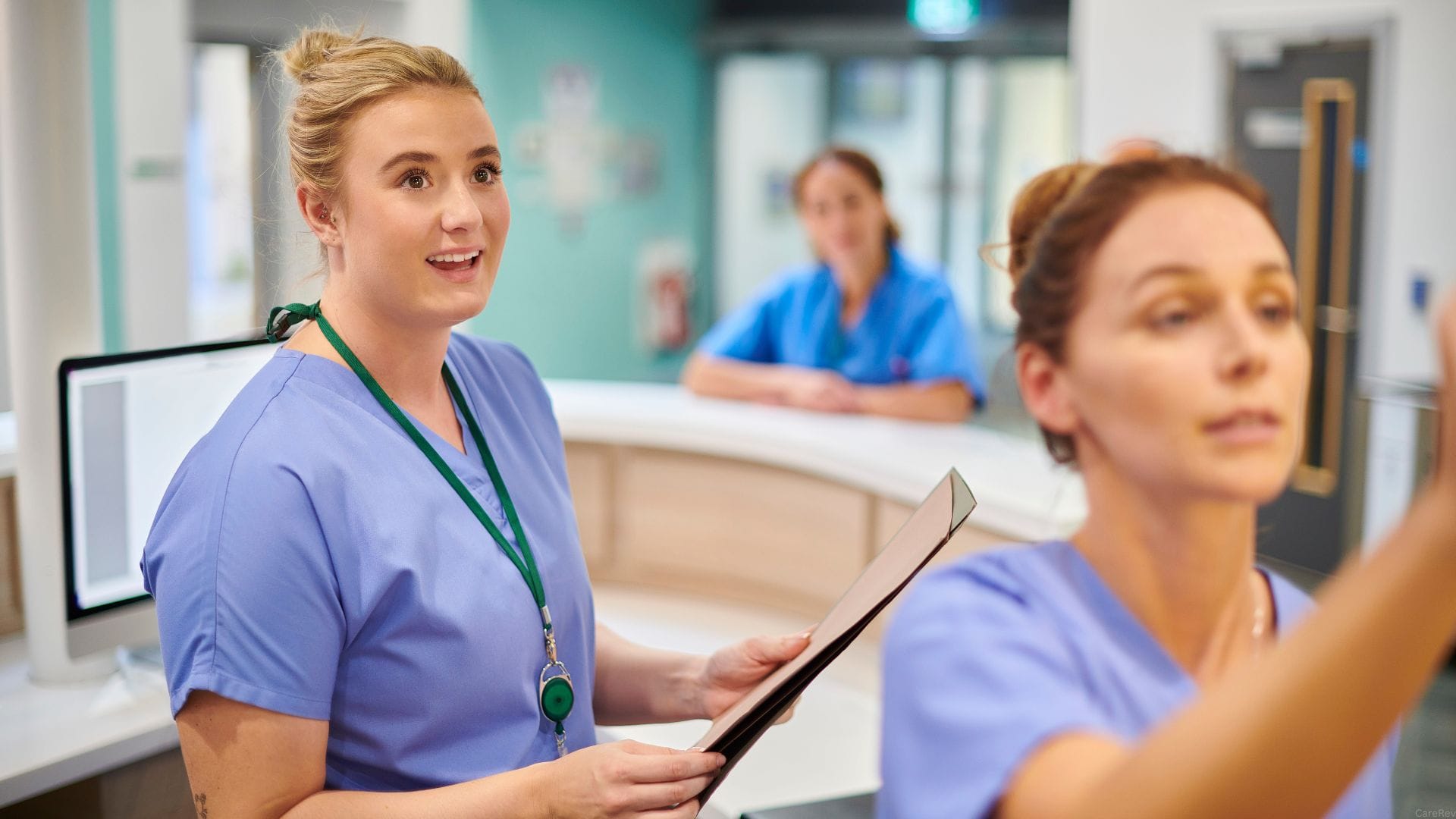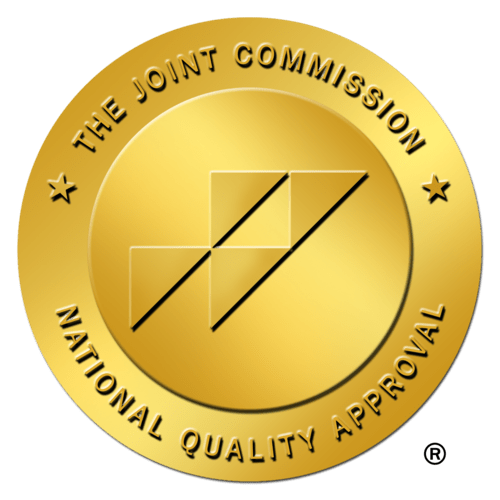
Mobile technology has transformed everything, including how we provide and receive health care.
Patients use mobile apps for telehealth visits and remote patient monitoring. They access medical records and get medication reminders on their phones. Physicians and clinicians communicate with patients and with each other via smartphones. And employees and per-diem staff can pick up shifts and submit timesheets anywhere, anytime.
Mobile access is no longer a "nice to have” feature for healthcare organizations. It’s essential for value-driven, patient-centric care. For staffing managers, a mobile-first strategy is paramount to attract, engage, and retain top talent.
According to a 2018 survey, more than 75% of physicians surveyed use mobile health in their practice weekly. They use mobile devices to communicate with staff and patients and to complete tasks in the EMR.
Healthcare organizations also embrace mobile. 90% of healthcare IT decision-makers have or plan to implement a mobile device initiative. Of those that have implemented a mobile initiative, almost all (96%) saw a positive impact on patient experience.
Mobile also improves efficiency among clinicians. About two-thirds of healthcare leader respondents in a Honeywell survey cited improvement in staff productivity and workflows as the top reason for mobile adoption.
As healthcare organizations move closer toward interoperability goals, sharing data between patients and providers will become easier, expected, and required. Mobile adoption makes the most of this shared data, delivering the right information on the right device to patients, physicians, and clinicians.
Staffing communication

Mobile apps are becoming a necessity in human resources and staffing departments. Employees expect the flexibility to request time off, submit timesheets, and submit vacation requests electronically. Healthcare organizations are also exploring mobile apps that help with stress management, facilitate onboarding and training, and improve productivity.
That level of flexibility is key to improving employee engagement as well as for recruiting temporary staff. An October 2020 CareRev survey found 64% of our healthcare professionals joined CareRev because they needed a flexible schedule. Another 58% planned to pick up shifts occasionally.
That means by using the CareRev app, healthcare organizations can access a modern, mobile-enabled float pool of experienced talent to supplement your full-time workforce. Because most of these professionals fit in extra shifts around a full-time job, you gain access to pros you wouldn’t find through a traditional agency.
Froedtert Health, a regional health network that serves the Milwaukee, Wisconsin area, uses CareRev to fill available shifts right away. Local clinicians can pick up on-demand shifts as soon as they’re posted, which allows staffing managers to recruit efficiently.
In addition to “mobilizing” its staffing needs, Froedtert moved many HR functions to mobile. Employees can view benefits and make changes right from their phone. They can also access resilience solutions to help manage on-the-job stress.
Mobile EHR

Storing, accessing, and sharing healthcare information in the cloud has led to huge productivity gains compared to paper-based systems. How long does it take to transfer a paper medical record via snail mail or fax compared to accessing a pdf stored in the cloud?
Electronic health records (EHRs) have been around for decades, but only in the past seven years or so have they gained widespread adoption. As of 2018, more than 98% of hospitals use either basic or comprehensive EHRs.
A HIPAA-compliant patient portal is standard for EHRs. With it, patients can update personal information, pay bills, schedule appointments, and message their doctors. Now that EHR vendors are offering mobile solutions, patients and professionals can access information via their smartphones.
With a cloud-based EHR, physicians can record notes using speech-to-text, access patient charts, order prescriptions, and access form templates from their mobile devices. Administrative staff can use it to send automated appointment reminders and check insurance eligibility, among other features.
As interoperability between EHRs and wearables improves, we’ll see more instances of data from wearables collected into the EHR. This will allow physicians to view health data in real-time, which will help inform clinical decision-making.
Clinician communication

Those trusty, annoying pagers still have their purpose—80% of hospitals still use them according to a recent study in the Journal of Hospital Medicine. Why? Hospitals still have dead zones where cellular and WiFi signals can’t reach. They’re also durable and have long battery lives.
While nurses and clinicians may still have to page a physician, mobile technology offers a fast alternative. Mobile also works well for communication among staff and for interacting with patients.
When patients have questions or need help, they can message or call clinicians from their bedside rather than use a call box. The nurse can respond to simple questions via text, freeing up time for dedicated patient care. With the right tool, mobile patient-to-staff communication also generates a record to prevent duplicative responses.
Mobile communication between clinicians beats pagers hands-down for efficiency and nurse satisfaction. Hospital for Specialty Surgery, a New York hospital ranked Number One in orthopedics, implemented a mobile initiative that involved 450 smartphones among clinicians and pharmacy and security personnel.
As part of the plan, nurses access a clinical communications app, EHR, call-bell system, clinical alarms, and telephone communications from mobile devices passed between nurses at shift change. Devices are docked at the nursing stations. Users log in to all applications at the beginning of the shift.
A survey of staff after implementing the mobile initiative found a 19% increase in nurse satisfaction with devices used to document and communicate. The hospital also realized a 23% increase in nurse satisfaction with their ability to communicate with physicians. Nurses spent more time with patients and less time on communication and administrative tasks.
Patient communication

As healthcare shifts its focus from disease treatment to health management, wearables will become a bigger part of patient care. Wearable sensors, watches, and other devices are key for remote patient monitoring data collection, tracking, and transmission. Patients with chronic diseases and health conditions such as diabetes and weight loss stand to benefit most from wearable data’s integration into EHRs. In this scenario, patients can monitor their health via the wearable’s mobile app, while physicians can view data for anomalies.
Time will tell if this data is useful. A survey of Washington University School of Medicine physicians about mobile health technology found that most thought the data was useful for promoting a healthy lifestyle (68%) and tracking medical treatment (64%), but less valuable for making medical diagnoses (28%) or preventing disease (24%). Top areas for improvement included proof of accuracy and integration into electronic medical records.
While few physicians in the survey recommend or prescribe mobile health technology, they did admit to its promise. Mobile health technology that stood out included medication reminders, continuous glucose monitors, exercise trackers, blood pressure trackers, and tools that find the lowest price on prescriptions.
Challenges and opportunities
While mobile technology has its obstacles—security and data privacy are common trouble spots for healthcare IT leaders—its convenience and ease-of-use open numerous possibilities for more efficient healthcare.
In the world of staffing, where CareRev spends its time, mobile is the right solution for giving your employees and per-diem staff the flexibility they deserve.





